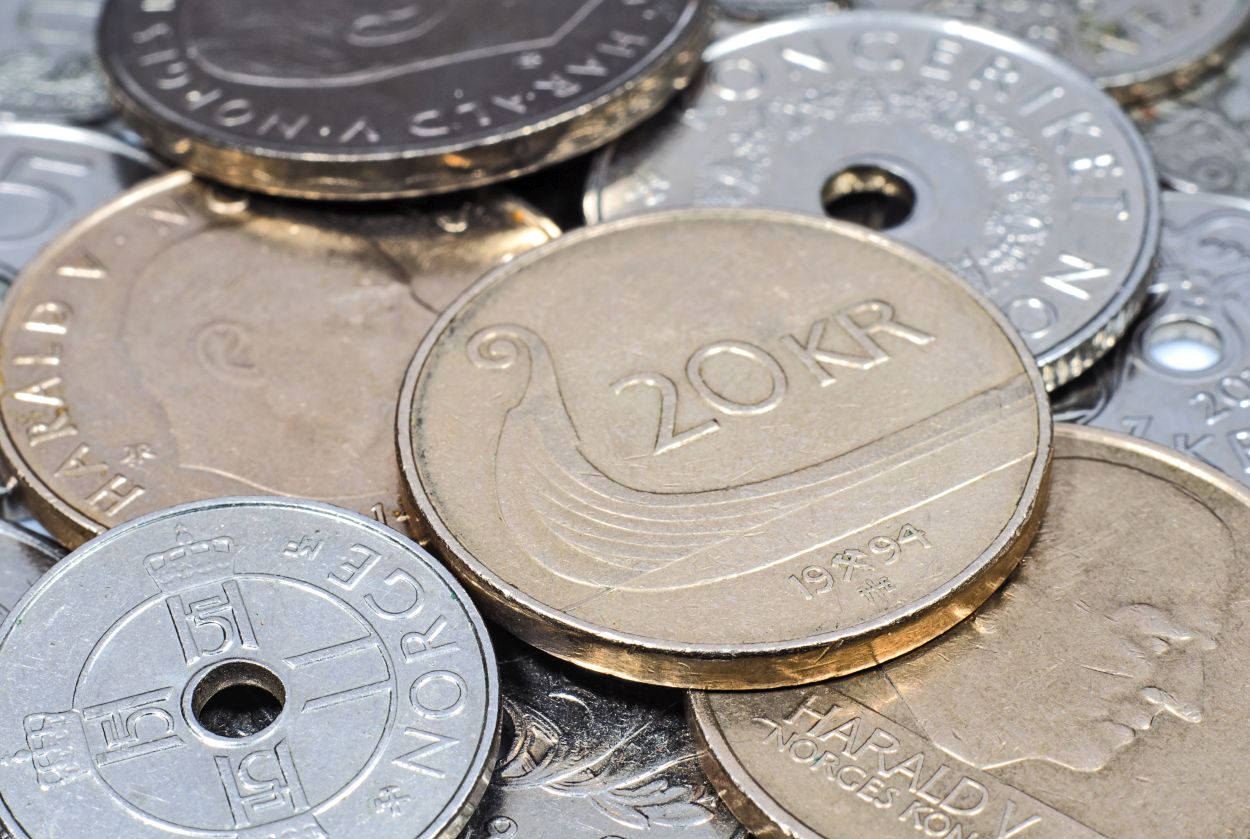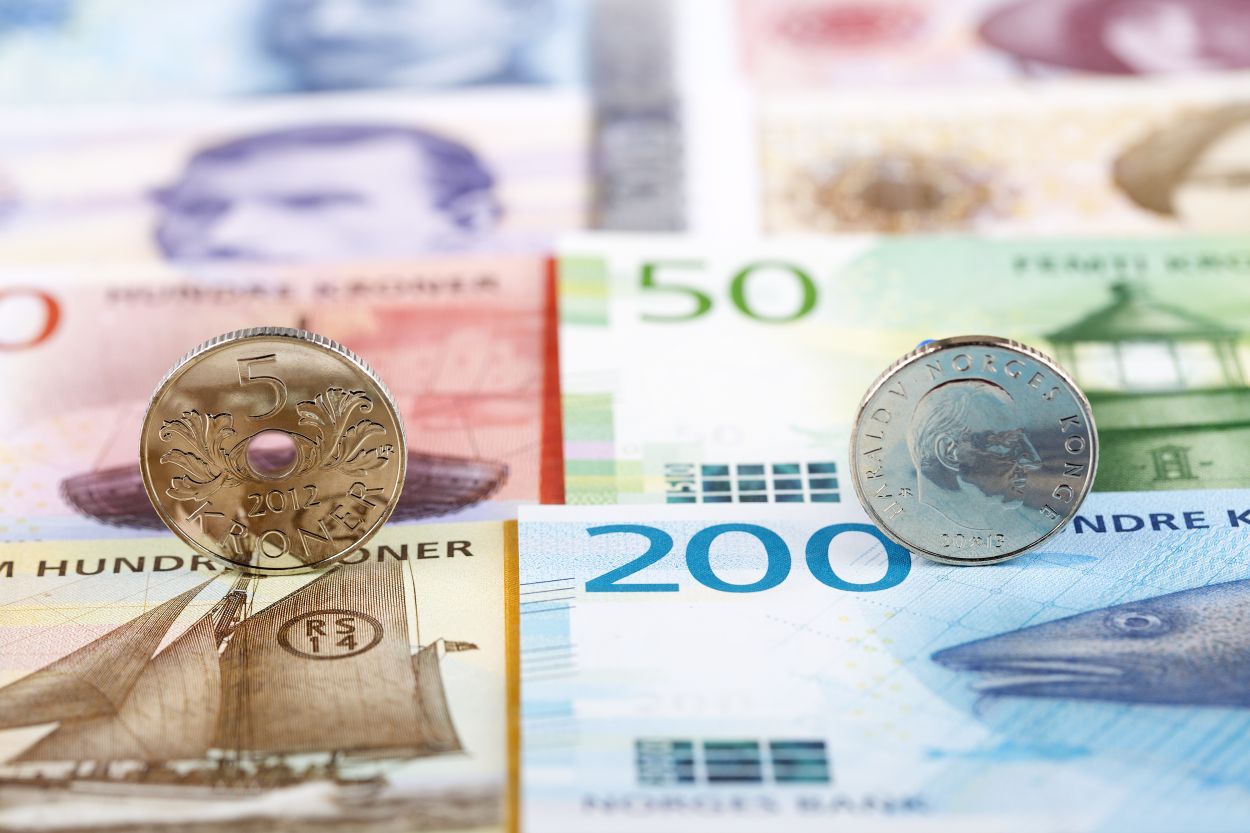The euro fell sharply on the Moscow Exchange on Friday, dropping to 52.5 rubles/EUR1 (minimum since October 31, 2014), while other currencies, in particular, the US dollar and the Chinese yuan, are also strongly declining against the ruble, moreover, a unique, never-before-seen situation of backwarding of 1 ruble against the dollar with delivery in December has developed on the derivatives market.
This suggests that the market mechanisms have broken down and the market is in a strong panic. It is quite probable that Russian residents are converting foreign currency reserves that have been stored abroad for a long time. So, it is known about the multibillion-dollar „pod” of Surgutneftegaz in dollars. If such companies become the next target of Western sanctions, their dollars will be frozen, as the reserves of the Bank of Russia’s gold reserves for $300 billion were previously frozen, since they are all issued by the FRS and are recorded on its balance sheet.
The euro exchange rate stood at 52.5 rubles/EUR1 at 10:55 Moscow time, which is 2.97 rubles (or 5.1%) lower than the close of the previous trading session. At the same time, the US dollar cost 56.92 rubles/$1, depreciating by 29 kopecks (or 0.5%). The exchange rate of the Chinese yuan has fallen by this time by 1.6 kopecks (-0.2%) – to 8.104 rubles. Interfax-CEA experts note that the fall of the euro in the domestic foreign exchange market is not proportional to its dynamics in the Forex market, where the European currency is slightly growing against the US dollar and is at $0.983 per euro. At the same time, the cross-rate of the euro-dollar pair, calculated on the basis of quotations of these currencies on the Moscow Exchange, is $0.922 per euro, that is, 6.2% lower than the cross-rate on the global Forex market.



